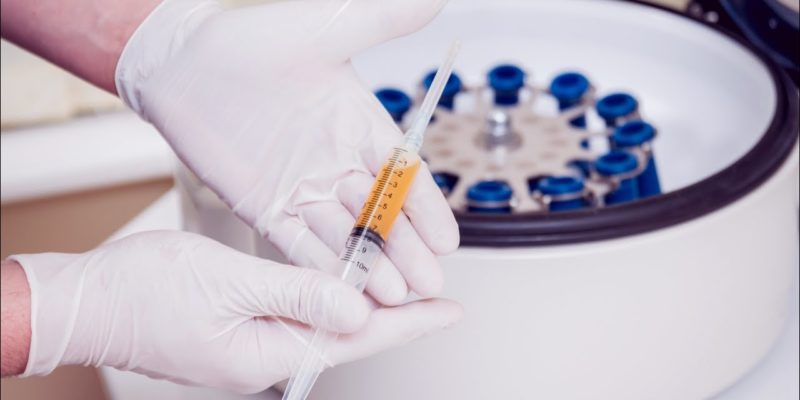One of the more overwhelming tasks of running a clinic is to choose the right platelet plasma preparation system. There are more than 50 different systems and each of them thumps its chest with its unique factors. The main question that arises here is what all factors are really important when it comes to selecting a platelet plasma preparation system.
This article will be dealing with this issue only. If you want a short answer to selecting the right PRP tubes, then you may go on with Dr. Akhmerov’s Plasmolifting Technologies. Run under the wisdom and guidance of Dr. Renat Akhmerov, this company was formed in 2003 with the single aim of delivering the best quality and affordable products in the entire EU.
They are a team of biomedical researchers who focus on developing methods and tools to accelerate body cell and tissue repair and healing. They have developed a huge network spread all over the world for the long term distribution of the products that they provide. Their online store is a repository of the best quality systems and equipment that you may need.
The Right Choice
While this ominous task is seemingly overwhelming, it can get easy if you have the right approach. Here are some of the best tips that you can use to shortlist your PRP equipment:
1- Look for those systems which have the lowest RBC count- in an ideal situation, the count of RBC in your PRP must be zero. The red blood cells inhibit healing on multiple fronts. This makes them undesirable in the PRP. There are many techniques to overcome this predicament.
Some of the common ones are the flow cytometry, hourglass configuration, or getting rid of most of the undesirable components and performing a second centrifugation. Despite using all these techniques, there are many systems which produce a red instead of amber colour in the final result.
The solution to this is to create a gel barrier to separate the RBCs from the platelets. When gel collected in the tubes creates a physical barrier, it traps the RBCs underneath it while the centrifugation process is going on.
2- Analyse the number of neutrophils compared with the number of lymphocytes and monocytes – the effect that the neutrophils promote is inflammation and catabolic effect in the targeted area. On the other hand, lymphocytes and monocytes work in concomitance with the platelets to promote healing.
The PRP system that minimizes the neutrophils and maximizes the monocytes and lymphocytes is the best bargain.
3- Platelet dose threshold- it is the opinion of many experts that a major and important step in the process of healing is the recruitment of the progenitor cells to move to the targeted area and start multiplication. Thus, if the PRP sample does not create this effect at the cellular level, then it shall be defenestrated as ineffective.
Conclusion
The implementation of PRP in your practice might appear like a mammoth task and the selection of the right equipment is a major decision, which will govern your practice. You must form an informed opinion based on all the information and data available.

Comments